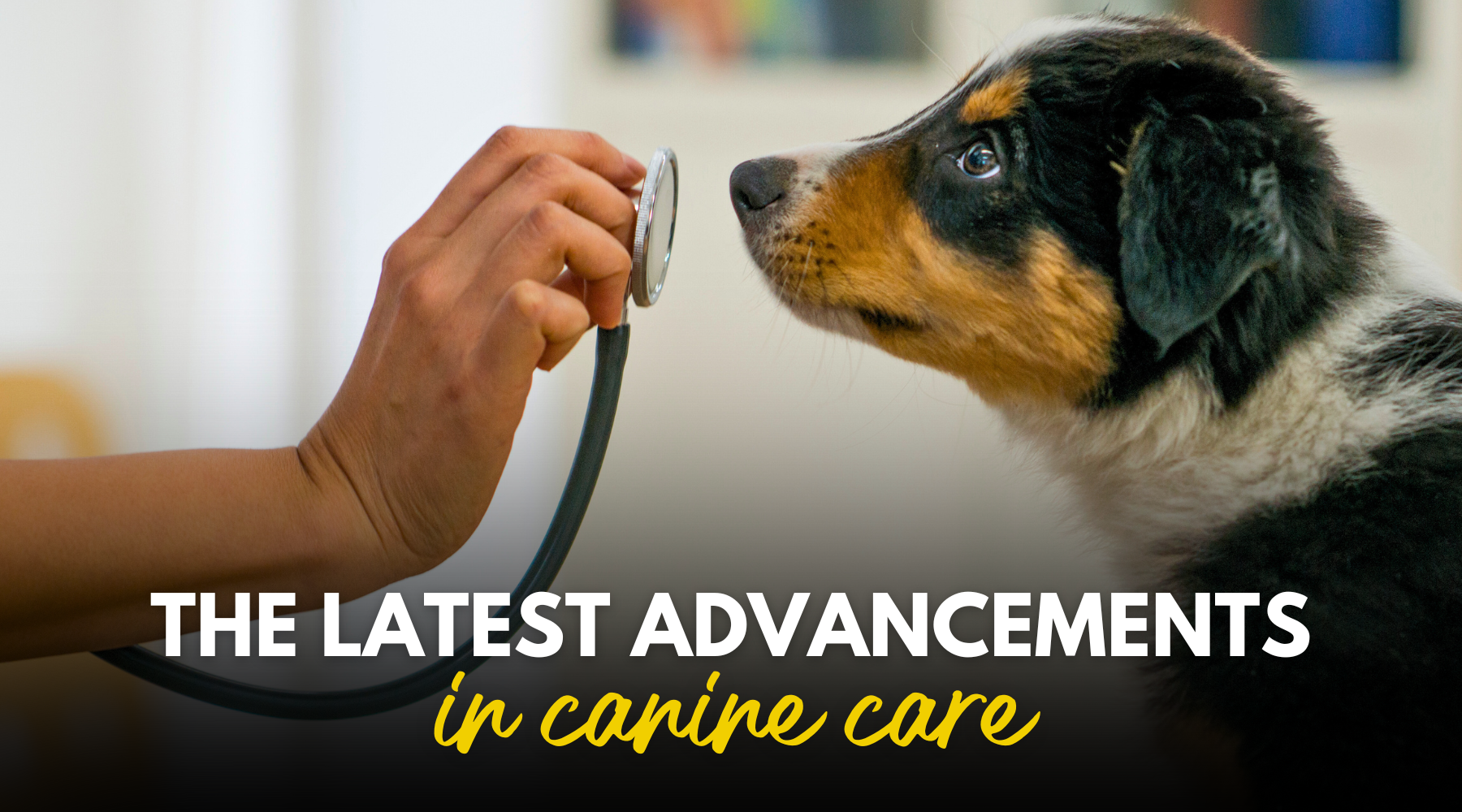Raw Diet. Say these words, and your vet will go BERSERK! But here are the FACTS…
The main reason they freak out: The people who don’t have a clue how to feed raw, and the vets who have extracted splintered (cooked!) bones from a dog’s guts.
Boy, have we come a LONG way in our understanding and feeding or raw diet to our dogs in the past 20 years (we are about 200 years behind the UK and Australia–but at least their dogs are expected to live into their 20’s!!!! so we have soooo much to learn!)
Pet food is a modern phenomenon.
Before the 1940s, people fed their pets food scraps and raw meaty bones.
Owners and vets alike welcomed processed pet foods. Owners embraced the convenience. And the ads, of course, promised that it was the “best possible food.” It also eliminated the need for vets to teach the principles of sound nutrition. Or so they thought!
Hip Dysplasia was the first juvenile bone disease recognized in dogs in 1935 by Dr. Tom Hungerford.
By 1965, a mere 30 years later…
Hip Dysplasia was identified in 55 breeds world-wide. And the skeletal problems didn’t stop there. Other problems emerged with the shoulders, elbows, hock, and stifle.
So here are some questions few are asking:
-How is it that HD (Hip Dysplasia) and later structural issues could suddenly appear and spread rapidly through all breeds?
-Did Hip and Elbow Dysplasia exist before 1935? If so, was it common?
-If they were not in existence, where did they come from?
-Why can’t we eliminate these problems despite mass radiology and mass culling?
-What does all of this mean if we left to assume that these diseases are inherited and can therefore be eliminated by genetic means? We’ve been trying to breed this out for 50 years and have not been successful! (except for various reputable kennels who have decades of genetic clearances!)
So if HD and ED are genetic in nature, it must be that the genes that cause them have always been present in the dog population. So what OTHER factors are causing these skeletal diseases?? What happened after the 1930s?
Commercial dog food emerged!
Sometimes there is a price to pay for perceived “progress.”
Disease in our pets has shifted. This widespread, across the board, switching to processed commercial foods has resulted in a catastrophic increase in skeletal disease, liver disease, pancreatic disease, and cancer. Is this change in feeding really worth the risk??
While some of this nutritional information has been taught in rare medical schools, it has not been taught to vets. Unfortunately, pet nutrition is taught to vets predominantly by pet food companies. They have no idea that most of the diseases they spend so much time dealing with could be easily prevented by switching their patient’s food to a more suitable diet.
-This does not mean feeding an all-meat diet (that will cause Rickets… calcium deficiency is the reason.)
-Pet food manufacturers could not create the variety needed for proper nutrition in canines, so they had to create a ‘one food meets all dogs/breeds needs’ concept.
-Why do we accept these products so readily?
-Pet food companies fund our breed associations, dog shows, magazines, and vet universities.
-They research diseases and pay vets to carry it out.
-Vets enjoy kickbacks on the products, while it kicks up a long line of pet illnesses for vets to treat (unknowingly by both vet and patient!).
-It’s the “accepted practice,” the status quo…
Carbohydrates are NOT suitable for canine diets!
-Why is it that when humans get cancer, they’re put on a low carb diet, yet we fill our dogs up with fillers and carbs? (not to mention ourselves).
Dogs need raw meaty bone mixtures along with essential vitamins and minerals to ensure proper growth and a lifetime of health!
But don’t go into feeding raw blindly…this is what vets HATE. I’ve studied this for three years and have witnessed the benefits of feeding a raw diet in my kennel. The most riveting fact is what I see under the microscope. My dogs’ semen collections are incredibly more dense and healthy. It hints that the whole dog, in fact, is healthier. I see healthier pregnant mommas, better milk production, lustrous coats, less shedding (almost nothing), fewer yeasty ear problems (yeah, it’s a lab thing), and no stinky kibble poop smell! In fact, I almost don’t have to worry about poop scooping. What is left disintegrates into an almost burnt charcoal type consistency that just goes away, really.
There are certain vegetables and fruits more suitable to canine health than others…so don’t just pick them on your own! (kelp is one of my favorite ingredients, offering immune boosting, anti-aging, and a multi-nutrient PUNCH!)
-Kelp (balances metabolism to ensure that large breeds don’t grow too fast, causing undue stress on joints)
-Probiotics and enzymes are essential for your dog to get the most out of what it eats!
-Rolled oats and brown rice are the only suitable carbs for canines. And ONLY in VERY active dogs like Huskies who work in cold conditions.
-Essential fatty acids are IMPERATIVE.
-Eggs offer a wonderful source of protein.
Other ingredients needed that I love:
-Pulverized veggies and fruits (this is the only form in which canines can assimilate them!)
-Raw Liver
-Garlic
-Vitamin B & C
-Fish Oils
-Kelp
Most commercial dog foods contain:
-Refined sugar, loads of salt, chemical colorings, dyes to make the product look nice, chemical flavorings to make it taste good, cancer-causing chemical antioxidants (known as carcinogens) to ensure the product does not go rancid too fast on the shelf….what a lethal cocktail!
-And where are the bones, the vegetables, and the fruits? For the first time in history, our dogs eat a drastically cooked diet with cooked carbs (grains) filled with poisons.
So why do vets promote the genetic myth? (some suggestions offered by Dr. Ian Billinghast (author of “Grow Your Pup With Bones”):
-Maybe it gets them off the hook…makes life easier? No reason to search for other reasons for joint and bone diseases.
-Does it relieve them of the need to explain how to raise pups/dogs with sound management techniques?
-Is it a lack of training in canine nutrition?
-Is it because they hope the genetic myth and schemes evolved from it may do some good?
-Is it because profit is derived from vet work based on this genetic assumption? Certainly, there is not much profit in showing people how to raise pups free of disease. It is definitely much easier to be lazy and concentrate on genes… or using only pharmaceuticals or surgery to correct issues (much more expensive than nutrition!).
-Is it because when you tell others a myth, you start believing it yourself?
Perhaps, it’s a little bit of all the above.
It would be unfair for me as a breeder to only offer the genetic screening aspect of my breeding program without giving you the other half: Nutrition for the REST of the pup’s life to prevent disease, boost the immune system, and promote longevity. You should NOT have to “expect” arthritis in your dog… until it is VERY old. Not just because of my careful genetic screening but also because of your important role in making sure your canine gets what it needs to STAY healthy and disease-free!
Summary of puppy/dog feeding needs (Dr. Ian Billinghast):
-Pups need to be fed a diet based on raw meaty bones – 60%
-Need a diet based on raw crushed veggies – 30%
-Need to be kept lean
-Need to grow slowly
-Do not need processed foods
-Need a feeding routine
-Should eat mainly raw food
-Healthy soil and clay is fine to be part of a dog’s diet (such as Diatomaceous Earth and White Bentonite Clay, available from Barf World, see button below)
-Fish oils, such as salmon oil (Available from Barf World, see button below) available in a convenient pump bottle.[/vc_column_text][/vc_column][/vc_row]
Now, you are all probably asking…how do I feed this way?
If you’d like to have the BARF diet conveniently shipped, frozen, monthly in patties, click the button above for the BARF World website. You can also call them at 1-866-282-2273, using affiliate code 1079, and they can help you form the perfect plan for your pup. This company was started by Dr. Billinghurst and is the best convenient form of feeding raw that I’ve found. You will be feeding pups MORE since they are growing, so the amount they are eating at 8 weeks (about 2 patties a day, over two feedings ) won’t change when they are 3 years old. If it is an active dog, you may want to add an extra ½ pattie to each feeding (for a total of 3 patties a day).
IDEALLY we recommend 100% raw diet.
True story from Dr. Billinghast: a 6 mos old lab named “Gus” came to him at 6 mos old with hip problems, OCD (osteochondritis dissecans), and overweight. He bunny hopped and limped in pain. After starting the BARF diet (BARF stands for ‘Bones and raw food,’ in case you are wondering!) Gus’ problems came to a halt. The joints’ soreness disappeared, and at 15 mos of age, could exercise freely with no restrictions.
For more info, see: Grow Your Pup With Bones, Dr. Ian Billinghast, DVM, B. Sc. Agr., surgeon.
Also see our page on raw feeding here: https://emlabradors.com/exploring-raw-diet-for-your-dog/
Please share this post so others can be informed as well!



